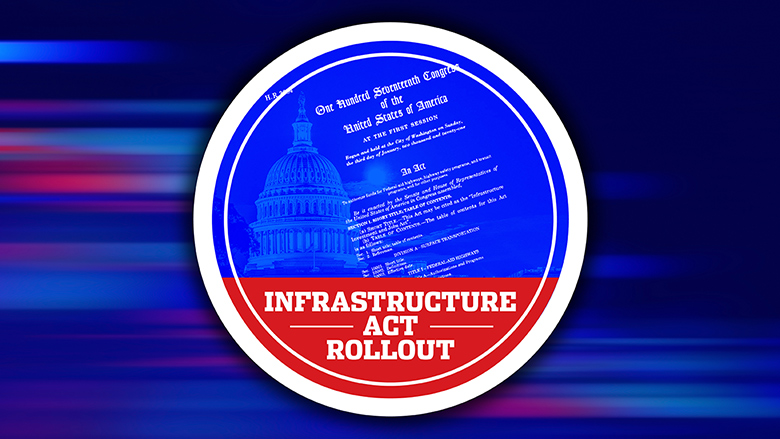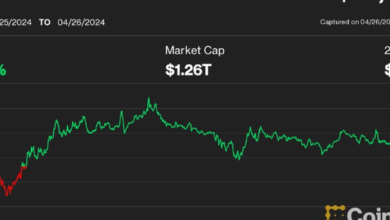FTA Parcels Out $20.5B in IIJA Formula Transit Funds


FTA formula funds come from the IIJA and account for 65% of transit agencies’ total annual federal funding.
Graphic by ENR Art Dept.
In a major distribution of federal transit funds, the U.S. Dept. of Transportation has allocated $20.5 billion to states and metropolitan areas for a variety of programs, including new and upgraded rail lines, stations, and other facilities.
The apportionments, which DOT’s Federal Transit Administration announced April 4, are fiscal year 2024 dollars from the Infrastructure Investment and Jobs Act. They are critically important to the transit agencies around the nation, accounting for about 65% of all funds FTA provides to them each year.
“Communities depend on this funding to start new transit projects, modernize aging infrastructure and ensure fast, safe, convenient public transportation is available to everyone,” FTA Acting Administrator Veronica Vanterpool said during a briefing.
Changes this year in the components that make up the formulas, including regional population and transit systems’ ridership, affected some transit agencies’ aid allocations.
In some cases the latest formulas take into account the U.S. Census Bureau’s 2022 population figures and boundaries for urbanized areas.
FTA says shifts in population meant some regions rose above or fell below the 50,000 person threshold for categorization as an urban area. Areas categorized as urban are eligible for one type of FTA transit formula funds.
Another factor is that some transit agencies reported their 2022 ridership figures, which reflect post-pandemic changes in regional travel patterns, FTA said.
The shifts did benefit some locales. Vanterpool said that some areas will see larger funding allocations due to significant population increases in the 2020 census.
She cited several whose formula funding rose by 15% or more from 2023 formula levels. They include Reno, Nev.; Provo and Orem, Utah; Oklahoma City; Stockton and San Jose, Calif.; Trenton, N.J.; Charleston, S.C.; Spokane, Wash.; and Indianapolis.
Looking at total formula funding, regions with major transit systems, not surprisingly, received the largest overall allotments, led far and away by the New York City-Jersey City-Newark, N.J., area, with $2.8 billion.
The Chicago-Indiana area ranked second, with $765.1 million; followed by the Washington, D.C.-Arlington, Va.-Maryland area with $665 million; Los Angeles-Long Beach-Anaheim, Calif., with $603.4 million; and Boston-New Hampshire, with $454.9 million.
FTA acknowledged that some regions saw their formula funding decline from 2023 levels but did not specify which ones.
Tom Ichniowski has been writing about the federal government as ENR’s Washington Bureau Chief since the George H.W. Bush administration, and he has covered at least five major highway bills. A recognized expert on government policy on infrastructure and regulation, Tom is also a Baltimore native and Orioles fan who grew up rooting for Brooks and Frank Robinson. He is a graduate of Columbia College and Columbia’s graduate school of journalism, where he once used “unrelentless” in a headline.




